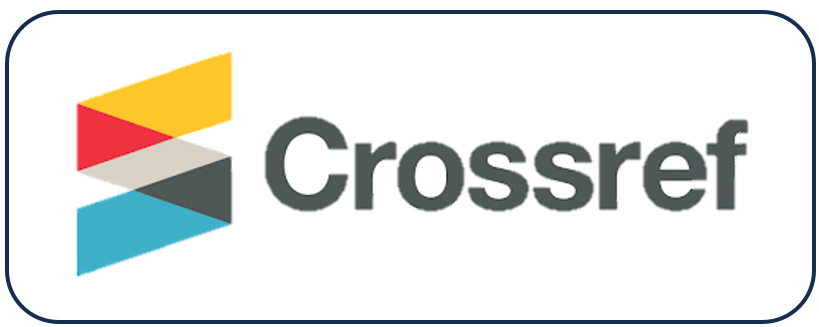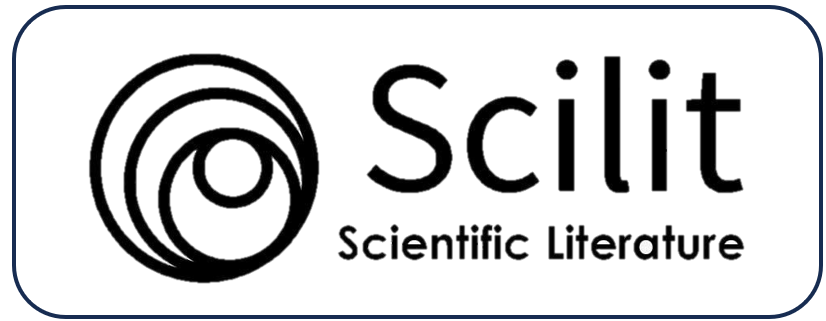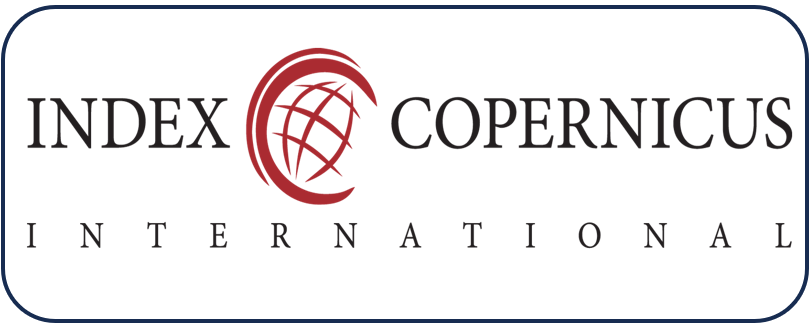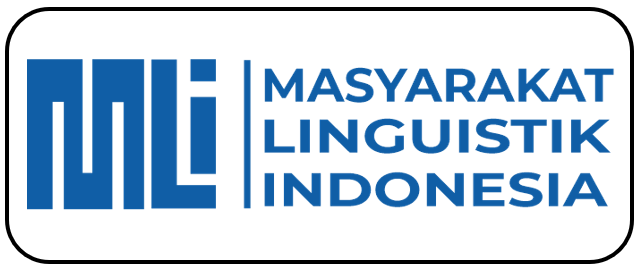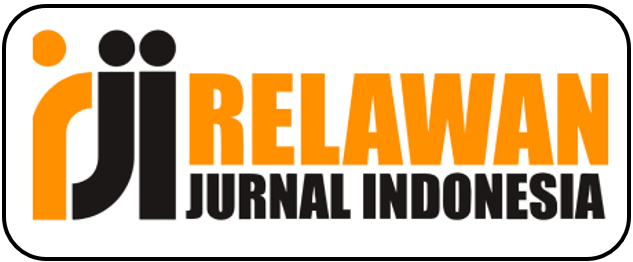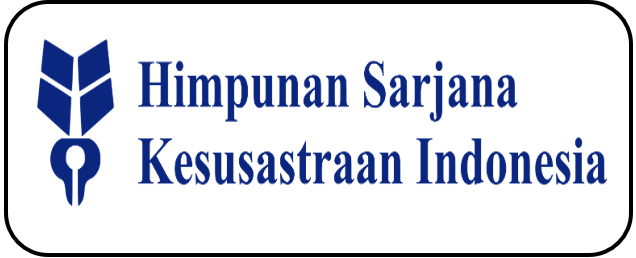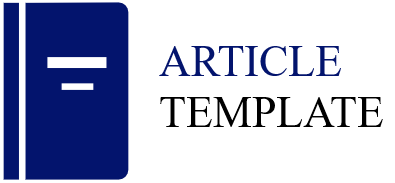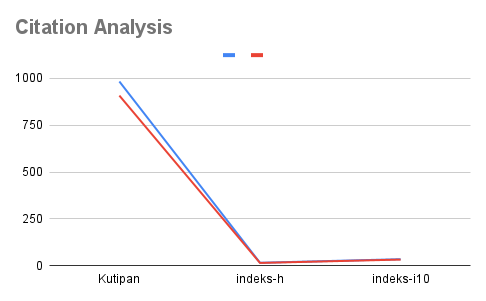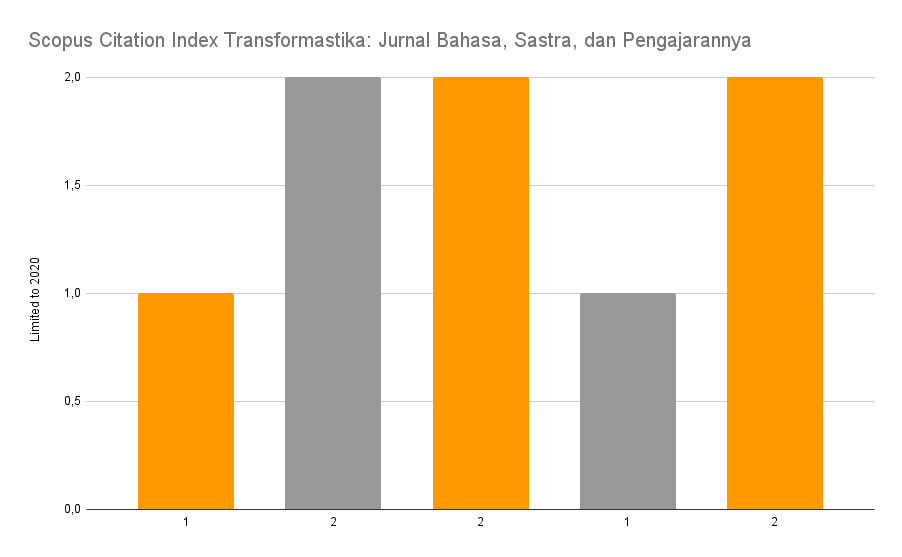Linguistic Trends and Foreign Language Teaching: The Case of French
DOI:
https://doi.org/10.31002/transformatika.v8i2.1764Keywords:
: Linguistics, foreign language, language learning, structuralism, FrenchAbstract
Linguistics is generally defined as the scientific study of human language. Whereas language is considered as an instrument of communication through which human experience is analyzed differently. Meanwhile, the spread of linguistics theories is propelled by the desire to find better ways to learn and acquire foreign languages, such as French. Hence, in what ways have the development of linguistics theories contributed to language learning and acquisition? An attempt to answer this question was made and some linguistic theories were explained.
References
Adesola, M. O. (2008). Formation linguistique de l’enseignant et l’enseignement/apprentissage du FLE: Du savoir au savoir-faire. Nsukka Journal of the Humanities, 17, 124-132.
Ageeva, I. (2019). La critique de F. de Saussure dans Marxisme et philosophie du langage de V. N. Volosinov et le contexte de la réception des idées saussuriennes dans les années 1920-1930 en Russie. Cahiers de l’ILSL, 28, 73-84.
Anderson, J. (2022). Preserving linguistic diversity in the digital age. Journal of Language Conservation, 15(2), 78-95. http://dx.doi.org/10.58803/jclr.v3i1.96
Aritiba, A. S. et Takassi, I. (2010). Linguistique et acquisition des compétences en français. Lomé: Imprimerie Equinoxe
Berger, R. (2015). Now I see it, now I don't: Researcher's position and reflexivity in qualitative research. Qualitative Research, 15(2), 219-234. http://dx.doi.org/10.1177/1468794112468475
Birt, L., Scott, S., Cavers, D., Campbell, C., & Walter, F. (2016). Member checking: A tool to enhance trustworthiness or merely a nod to validation? Qualitative Health Research, 26(13), 1802-1811. http://dx.doi.org/10.1177/1049732316654870
Bowen, G. A. (2009). Document analysis as a qualitative research method. Qualitative Research Journal, 9(2), 27-40. http://dx.doi.org/10.3316/QRJ0902027
Braun, V., & Clarke, V. (2006). Using thematic analysis in psychology. Qualitative Research in Psychology, 3(2), 77-101. http://dx.doi.org/10.1191/1478088706qp063oa
Brown, A. (2023). The linguistic legacy of COVID-19. Sociolinguistic Studies, 28(1), 12-30.
Brown, M., & White, L. (2021). Globalization and its effects on language change. International Journal of Linguistics, 33(4), 401-418. https://doi.org/10.1093/applin/amaa052
Carlson, J. A. (2010). Avoiding traps in member checking. The Qualitative Report, 15(5), 1102-1113. http://dx.doi.org/10.46743/2160-3715/2010.1332
Charmaz, K. (2006). Constructing grounded theory: A practical guide through qualitative analysis. SAGE Publications.
Chen, X., & Wang, Y. (2023). Emojis as a new form of digital communication. Digital Discourse, 11(3), 215-232. https://doi.org/10.3389/fpsyg.2019.02221
Coffey, A. (2013). Analysing documents. In U. Flick (Ed.), The SAGE handbook of qualitative data analysis (pp. 367-379). SAGE Publications.
Cohen, R. (2021). Cognitive benefits of multilingualism in a globalized world. Bilingualism: Language and Cognition, 24(2), 189-206. https://doi.org/10.1017/S1366728921000456
Copland, F., & Creese, A. (2015). Linguistic ethnography: Collecting, analysing and presenting data. SAGE Publications.
Corbin, J., & Strauss, A. (2014). Basics of qualitative research: Techniques and procedures for developing grounded theory (4th ed.). SAGE Publications.
Creswell, J. W., & Poth, C. N. (2018). Qualitative inquiry and research design: Choosing among five approaches (4th ed.). SAGE Publications.
Davis, E. (2023). Language models and human-AI communication. AI and Society, 38(1), 45-62. https://doi.org/10.1016/j.heliyon.2023.e19688
Denzin, N. K. (2017). The research act: A theoretical introduction to sociological methods. Routledge.
Dörnyei, Z. (2007). Research methods in applied linguistics: Quantitative, qualitative, and mixed methodologies. Oxford University Press.
Dörnyei, O. et Todorov, T. (1972). Dictionnaire encyclopédique des sciences du langage. Seuil
Ducrot, O. & T. Todorov. (1972). Dictionnaire encyclopédique des sciences du langage. Points/ Seuil.
El-Saadani, A. (2022). Théories en syntaxe du français. Université de Mansoura, Faculté de pédagogie, Département de français.
Fairclough, N. (2013). Critical discourse analysis: The critical study of language. Routledge.
Finlay, L. (2002). "Outing" the researcher: The provenance, process, and practice of reflexivity. Qualitative Health Research, 12(4), 531-545. http://dx.doi.org/10.1177/104973202129120052
Flick, U. (2018). Triangulation in data collection. In U. Flick (Ed.), The SAGE handbook of qualitative data collection (pp. 527-544). SAGE Publications.
Gee, J. P. (2014). An introduction to discourse analysis: Theory and method (4th ed.). Routledge.
Gary-Prieur, M.-N. (1999). Les termes clés de la linguistique. Paris: Seuil
Garcia, M., & Lopez, J. (2020). Remote communication and conversation structure. Journal of Pragmatics, 162, 20-35. https://doi.org/10.1016/j.jen.2021.09.006
Green, T. (2022). Hashtag activism: Language as a tool for social change. Critical Discourse Studies, 19(3), 300-317. http://dx.doi.org/10.20897/jcasc/8298
Harris, L. (2023). Linguistic analysis of social movement rhetoric. Discourse & Society, 34(2), 178-195. https://doi.org/10.1093/acrefore/9780190228613.013.656
Johnson, K., Smith, L., & Brown, J. (2023). Dialects in the digital era. World Englishes, 42(1), 89-106.
Jones, A., & Smith, B. (2022). The evolution of internet slang. Internet Linguistics Quarterly, 17(4), 302-320. http://dx.doi.org/10.13140/RG.2.2.26432.10242
Krippendorff, K. (2018). Content analysis: An introduction to its methodology (4th ed.). SAGE Publications.
Kim, S., Park, J., & Lee, H. (2022). Pandemic lexicon: A corpus-based study. Applied Linguistics, 43(3), 412-430. https://doi.org/10.1093/applin/amab047
Lee, M. (2021). Turn-taking in video conferences: A comparative study. Journal of Computer-Mediated Communication, 26(2), 78-95. https://doi.org/10.1093/jcmc/zmaa015
Lee, S., & Park, J. (2021). Advances in NLP and their impact on linguistic research. Computational Linguistics, 47(3), 521-540.’ Li, Q., & Zhang, Y. (2020). Conversational AI and its linguistic implications. AI Communications, 33(4), 255-272. https://doi.org/10.1162/coli_a_00405
Li, Q., & Zhang, Y. (2020). Conversational AI and its linguistic implications: A computational perspective. AI Communications, 33(4), 255-272. https://doi.org/10.1017/S0142716420000345
Lincoln, Y. S., & Guba, E. G. (1985). Naturalistic inquiry. SAGE Publications.
Lincoln, C., & Rivera, E. (2021). Language adaptation in indigenous communities. Journal of Sociolinguistics, 25(3), 345-362. https://doi.org/10.1111/josl.12468
Martinet, A. (1970). Eléments de linguistique générale. (1re éd.). Paris: Librairie
Merriam, S. B., & Tisdell, E. J. (2015). Qualitative research: A guide to design and implementation (4th ed.). Jossey-Bass.
Nguyen, T., & Tran, H. (2024). Virtual communication and language change. Digital Scholarship in the Humanities, 39(1), 67-84. https://doi.org/10.1093/llc/fqad047
Nowell, L. S., Norris, J. M., White, D. E., & Moules, N. J. (2017). Thematic analysis: Striving to meet the trustworthiness criteria. International Journal of Qualitative Methods, 16(1), 1-13. http://dx.doi.org/10.1177/1609406917733847
Patel, S., & Sharma, A. (2022). Language learning in multicultural contexts. Applied Psycholinguistics, 43(4), 780-798. https://doi.org/10.1017/S0142716422000567
Patel, R. (2021). Memes as a form of digital discourse. New Media & Society, 23(5), 1122-1140. https://doi.org/10.1177/1461444820958728
Patton, M. Q. (2015). Qualitative research & evaluation methods: Integrating theory and practice (4th ed.). SAGE Publications.
Rapley, T. (2018). Doing conversation, discourse and document analysis. SAGE Publications.
Rodriguez, M., Garcia, L., & Lopez, A. (2019). Hashtags and their influence on language use. Social Media + Society, 5(3), 1-15. https://doi.org/10.1177/2056305119845754
Sanchez, E. (2024). Language contact in the age of super-diversity. Journal of Language Contact, 17(1), 33-50. https://doi.org/10.1075/jlc.00035.san
Saldaña, J. (2021). The coding manual for qualitative researchers (4th ed.). SAGE Publications.
Stake, R. E. (2013). Multiple case study analysis. Guilford Press.
Siouffi, G. et Raemdonck, D. V. (2009). 100 fiches pour comprendre la linguistique, Bréal: SEPEC.
Soutet, O. (2009). La syntaxe du français. Presse Universitaire de France
Talmy, S. (2010). Qualitative interviews in applied linguistics: From research instrument to social practice. Annual Review of Applied Linguistics, 30, 128-148. https://doi.org/10.1017/S0267190510000085
Taylor, R. (2024). Machine translation and its effects on cross-cultural communication. Translation Studies, 17(2), 201-218.
Thompson, K. (2020). Punctuation in the age of texting. Writing Systems Research, 12(1), 45-62.
Umoh, D. E. (2023). A Critical discourse Analysis of Former Governor Udom Gabriel
Emmanuel’s Selected Speeches. International Journal of Multilingualism and Languages for Specific Purposes, 5(1), 56-66.
Wilson, J. (2024). Endangered languages in the 21st century. Annual Review of Linguistics, 10, 89-110.
Wilson, D. (2020). Video conferencing and its impact on business communication. Business Communication Quarterly, 83(4), 421-438. https://doi.org/10.1177/2329490620956360
Wodak, R., & Meyer, M. (Eds.). (2015). Methods of critical discourse studies (3rd ed.). SAGE Publications.
Wragg, E. C. (2012). An introduction to classroom observation (3rd ed.). Routledge.
Yamamoto, H. (2022). NLP applications in linguistic fieldwork. Language Resources and Evaluation, 56(1), 123-140.
Yin, R. K. (2017). Case study research and applications: Design and methods (6th ed.). SAGE Publications.
Zhang, L., Chen, X., & Wang, Y. (2021). The role of emojis in digital communication. Internet Pragmatics, 4(2), 152-170.
Downloads
Published
How to Cite
Issue
Section
License
Copyright (c) 2024 Transformatika: Jurnal Bahasa, Sastra, dan Pengajarannya

This work is licensed under a Creative Commons Attribution-NonCommercial-ShareAlike 4.0 International License.




